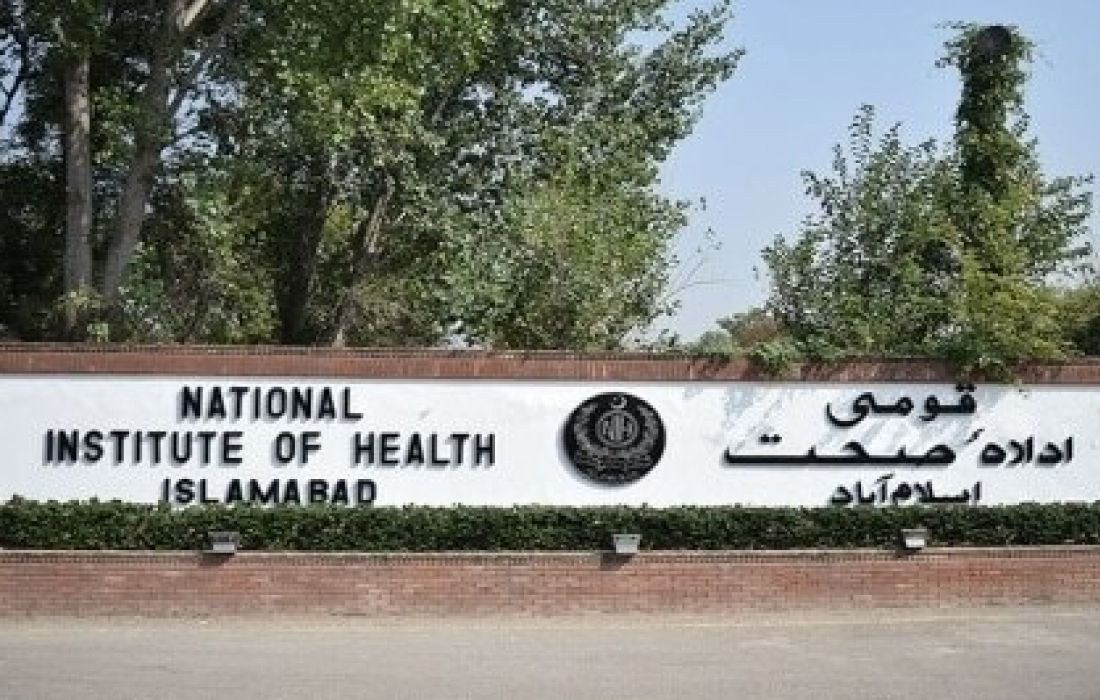NIH urges implementation of seasonal influenza prevention & control.
The National Institute of Health (NIH) has requested that health officials and other stakeholders implement seasonal influenza prevention and control measures as soon as possible.
According to the NIH, health officials instruct to take measures to prepare for the increased workload predicted in outpatient and in-patient departments over the next few months.
In light of the predicted increase in influenza cases across the country, the institution has also issued a seasonal influenza preventive and control recommendation.
The caution stated that influenza (seasonal flu) can pass from person to person via coughing or sneezing, or it can contaminate hands or other surfaces.
It stated that patients with chronic conditions (such as asthma, diabetes, cardiac and pulmonary disorders, and so on), pregnant women, the elderly, and children under the age of five are more likely to acquire severe or complicated ailments.
Vaccination
According to the recommendation, is the most effective strategy to prevent illness and catastrophic outcomes caused by influenza viruses, especially in high-risk groups.
The advisory emphasized that if someone is sick or has had close contact with someone who has a flu-like illness, he or she should take preventive measures to limit influenza transmissions, such as frequent and thorough hand washing with soap and water and the use of hand sanitizer when away from a hand washing facility, covering mouth and nose while sneezing or coughing, sick patients to rest and avoid crowds, and social distancing measures.
Flu viruses are constantly evolving, with the possibility of new flu viruses emerging every year. As a result, influenza is an unpredictable disease with different degrees of distribution, timing, severity, and season length.
In Pakistan, the winter season usually sees an increase in instances. Flu cases rise as the temperature drops in December and February.
The Public Health Emergency Operations Center (PHEOC) of the National Institutes of Health’s Field Epidemiology and Disease Surveillance Division (FE&DSD) was claimed to be regularly monitoring the flu situation.
The FE&DSD of the NIH has also produced Seasonal Awareness and Alert Letters (SAAL) to educate public health professionals about epidemic-prone diseases such as influenza.




